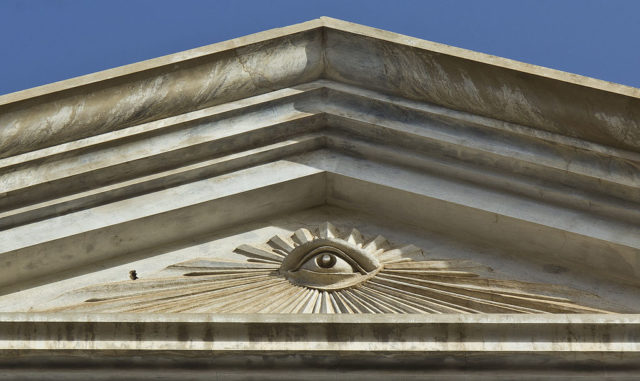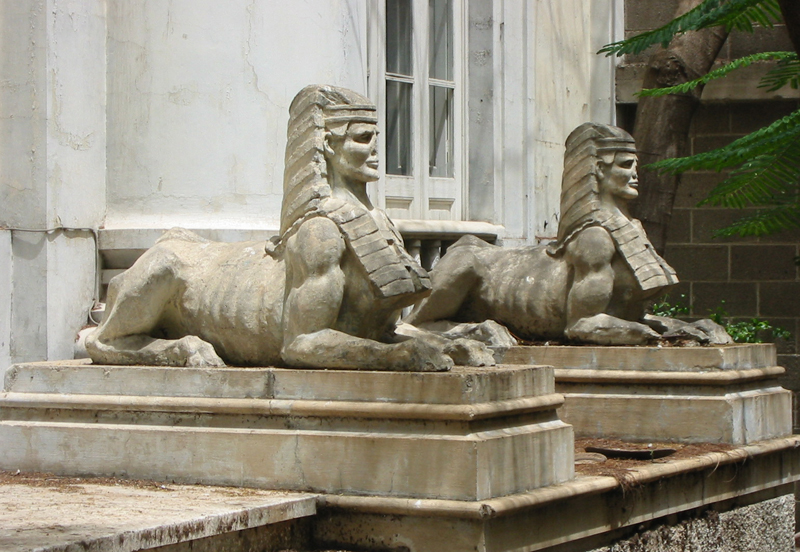A unique Masonic temple located on the Canary Islands in Spain is considered to be the best example of a Masonic temple in Spain. Several temples in the Egyptian style were built in Europe, and this temple is the last one still standing.
It is located in the city of Santa Cruz de Tenerife on San Lucas street; it is not only one of the main Masonic temples in Spain but it was also the first in the Canary Islands.
The most important Masonic organization on the Canary Islands was the Añaza Lodge which was formed in 1895, combining several smaller lodges that had been previously set up in Tenerife.
From its creation until 1936, the temple was variously under the jurisdiction of the Great Iberian East, then the Great Spanish East, and finally the Great Spanish Lodge of Barcelona.
The Añaza Lodge decided to build its own temple and started the process in May 1899. The site, owned by don Manuel More, had an area of 552 square meters (660 square yards).
The Masons first acquired this plot of land and then applied for a municipal building license, which was granted 12 days later.
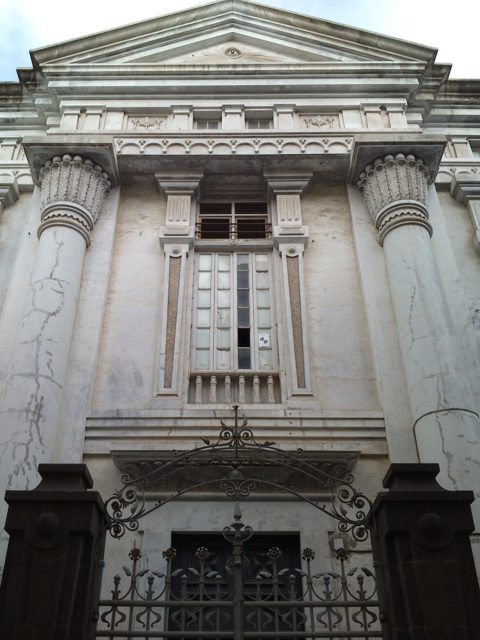
In the same year, the design and construction of the temple began. Local architect Manuel de Camar was the chosen designer, and he incorporated many symbols and elements of ancient Egypt into the architecture, such as statues of sphynxes.
At the top of the building was carved the Eye of Providence, an eye within a triangle that is a symbol frequently associated with the Freemasons.
Initially, the cost of construction was estimated to be 15,000 pesetas (Spanish currency until 2002). However, the final cost came out at 20,000 pesetas.
Despite the fact that some elements of the structure and decoration of the building wouldn’t be completed until 1923, the Masonic lodge nevertheless decided to open and consecrate the building in September 1904, since it was sufficiently equipped for them to hold meetings.
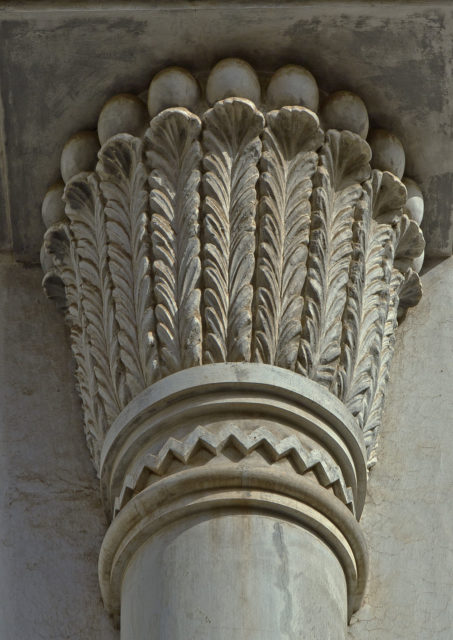
Masonic organizations existed in Spain until September 1936 when General Franco issued a decree against Freemasonry. This decree implemented a complete ban on Freemasonry in Spain. The Añaza Lodge ceased to exist.
As a consequence, the Masonic Temple in Tenerife was confiscated and transferred to the Spanish political party (Spanish Phalanx) which owned it until 1975.
While the political party held it, they charged a specific entrance fee to those who wanted to see inside. The building was very grand and impressive and boasted a usual basement which was actually a naturally formed volcanic cave.
The Freemasons used it as a “Reflection Chamber,” somewhere for a candidate to wait before being initiated.
Eventually, the former temple was repurposed as a military pharmaceutical warehouse and an optics store for the Spanish army. Previously, the upper floor had served as a banquet hall overlooking the main facade of the building. But several rooms on this level were equipped as barracks for soldiers.
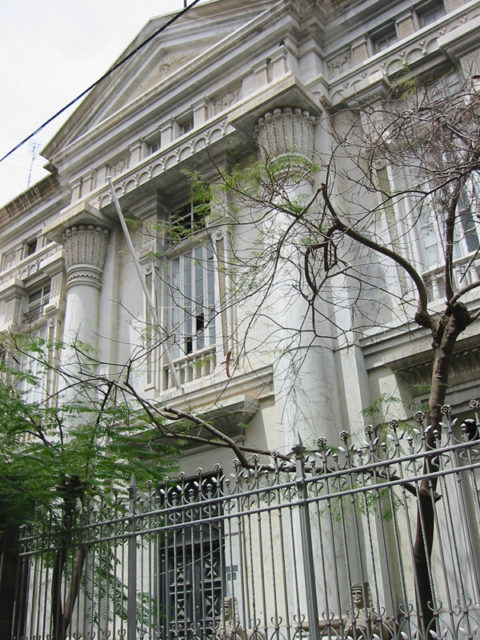
The former temple has been abandoned since its closure in 1990. The Spanish state sold the temple to the municipality of Santa Cruz de Tenerife in 2001 for 470,000 euros.
Shortly after, in 2007, the former Masonic temple was declared a National Monument of the Cultural Heritage of Spain.
An interesting fact about the temple relates to a passage in the Old Testament where Moses talked with God.
The Monastery of St. Catherine in Eygpt is located on the spot where this event was said to have occurred, and the Masonic Temple in Tenerife was built at the same latitude as the Monastery (28° north).
In May 2019, a competition was held for the restoration of the temple. The winner was the Laensa & Cabrera Febles Arquitectura company. Architect José Miguel Marquez Zárate worked on the master plans for the restoration of the building.
The project focuses on transforming the building into a museum about the history of Freemasonry. The archives of the Lodge are now kept in the National Historical Archive.
Currently, restoration work is underway inside the temple, and it is hoped that soon the doors will reopen to the public so that everyone can enjoy this magnificent building steeped in history.
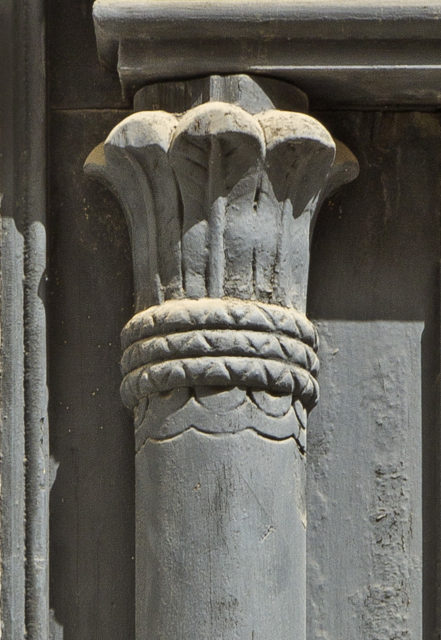
Another Article From Us: The Derelict Proctor’s Palace Theater, New Jersey
